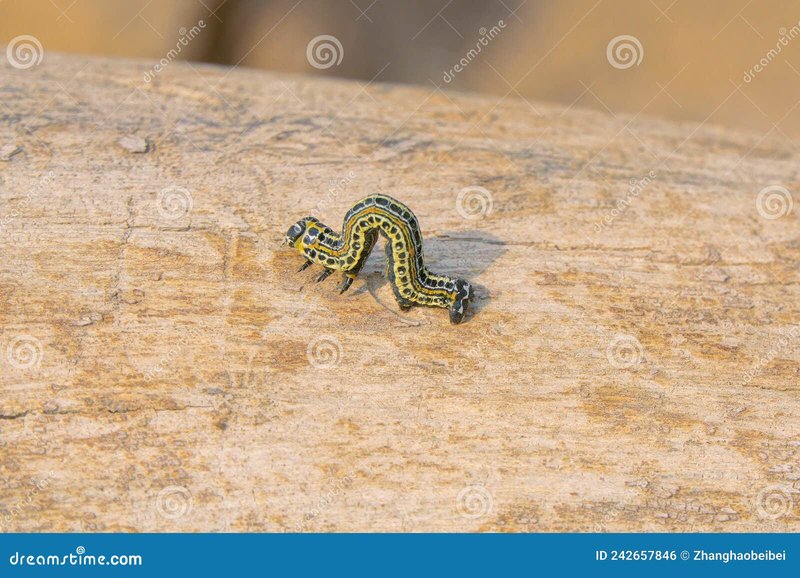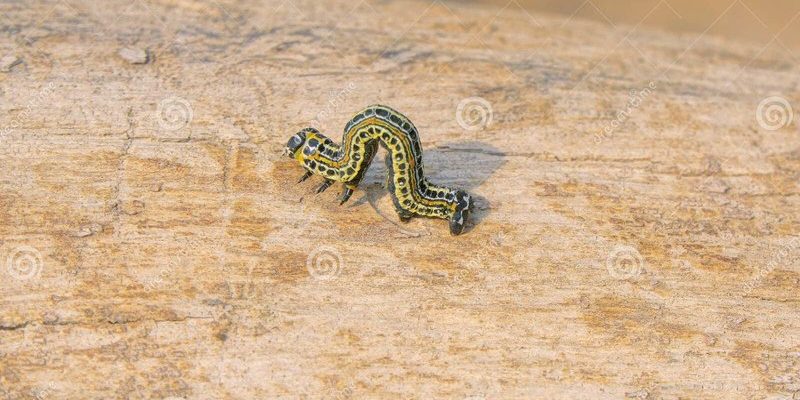
To answer this question, picture this: an inchworm is climbing up a tall tree at the base of a mountain. Up there, the air is thinner, temperatures can be cooler, and the vegetation changes. In contrast, those inchworms that live at lower altitudes might find themselves in a warmer, more humid environment with plenty of lush greenery. These differences can affect everything from their diet to their mating habits. Let’s explore what happens to inchworm activity as we move up and down in elevation.
What Are Inchworms?
Before we dive into elevation effects, let’s get to know inchworms a bit better. Despite the nickname, these creatures aren’t worms at all. They are actually the larvae of moths, typically belonging to the Geometridae family. They get their charming name from their unique way of moving: inching forward by shortening and elongating their bodies, which looks like a tiny measuring tape being pulled.
Most inchworms are green or brown, providing perfect camouflage against leaves and branches. This stealthy appearance helps them evade predators. They also have the ability to mimic twigs, adding another layer of protection. The cool thing? Inchworms can be found in various habitats, from gardens to forests, but their behavior varies according to where they live.
How Elevation Affects Inchworm Behavior
Elevation can significantly influence inchworm behavior and activity levels. Higher altitudes often mean cooler temperatures, which can slow down metabolism. Inchworms often become less active when it’s chilly, so you might see fewer inchworms moving about on a crisp afternoon at 8,000 feet compared to a warm day at 500 feet.
Here’s the thing: the local ecosystem also changes with elevation. At lower elevations, you might find a rich variety of plant life that serves as food for inchworms. As you climb higher, however, the vegetation shifts to hardier types that might not support the same diversity of inchworm species. This shift means that some species may thrive only in specific areas, shaping their population dynamics.
Life Cycle and Elevation
The life cycle of inchworms includes several stages: egg, larva (the inchworm), pupa, and adult moth. Elevation influences not just their activity but also their entire life cycle. For instance, in lower elevations, inchworms may have multiple generations per year due to milder climates supporting longer feeding seasons.
Conversely, inchworms at higher elevations might only complete one or two generations per year. The shorter growing season means that they must be more efficient in their feeding and reproduction. When temperatures drop in the fall, these inchworms might enter a state of dormancy, waiting for warmer weather to emerge again in the spring.
Feeding Habits of Inchworms at Varying Elevations
Inchworms are primarily herbivores, feeding on various leaves. However, the types of plants available depend on elevation. At lower elevations, you’ll often find a lush buffet of leafy greens. This is ideal for inchworms, as they can munch on several species of leaves, helping them grow quickly.
As you climb higher, the range of food decreases. Inchworms might find themselves nibbling on tougher or less nutritious leaves. This can affect their growth rates and how well they adapt to their environment. For example, a hungry inchworm at high elevation might choose a less desirable plant simply because it’s all that’s available.
Mating and Reproduction Across Elevations
Mating behaviors and reproductive cycles also shift with elevation. In lower regions, inchworms may experience longer mating seasons due to milder weather, resulting in more opportunities to find mates. This can lead to higher numbers of eggs being laid, which is critical for the survival of their species.
In contrast, inchworms at higher altitudes have shorter mating seasons. They must time their reproductive activities carefully to match the brief warm weather windows. The colder temperatures limit how active they can be, which means they need to be quick about finding partners if they want to pass on their genes.
Common Issues Inchworms Face at Different Elevations
Just like any creature, inchworms face challenges based on their environment. At high elevations, issues like lower oxygen levels and harsher weather conditions can limit their movement. They might not find enough food, or the cold could slow their metabolism to a crawl.
On the flip side, inchworms at lower elevations may have to deal with higher competition for food and mates. Pests and predators are often more abundant in these lush areas, putting inchworms at greater risk. Such challenges mean that inchworms have adapted remarkably well to their specific surroundings, yet survival is never guaranteed.
Final Thoughts on Inchworms and Elevation
Understanding inchworm activity across different elevations offers insights into how these unique creatures adapt and thrive within their environments. Whether inching along a low shrub or navigating rocky outcrops on a mountain, the elevation shapes their behavior, feeding habits, and life cycles dramatically.
By appreciating these small but impactful transformations, we can learn to value the intricacies of nature. So, the next time you come across an inchworm, take a moment to observe its movements. You might just be witnessing a tiny marvel of adaptation in action, adapting nicely to its unique elevation!

